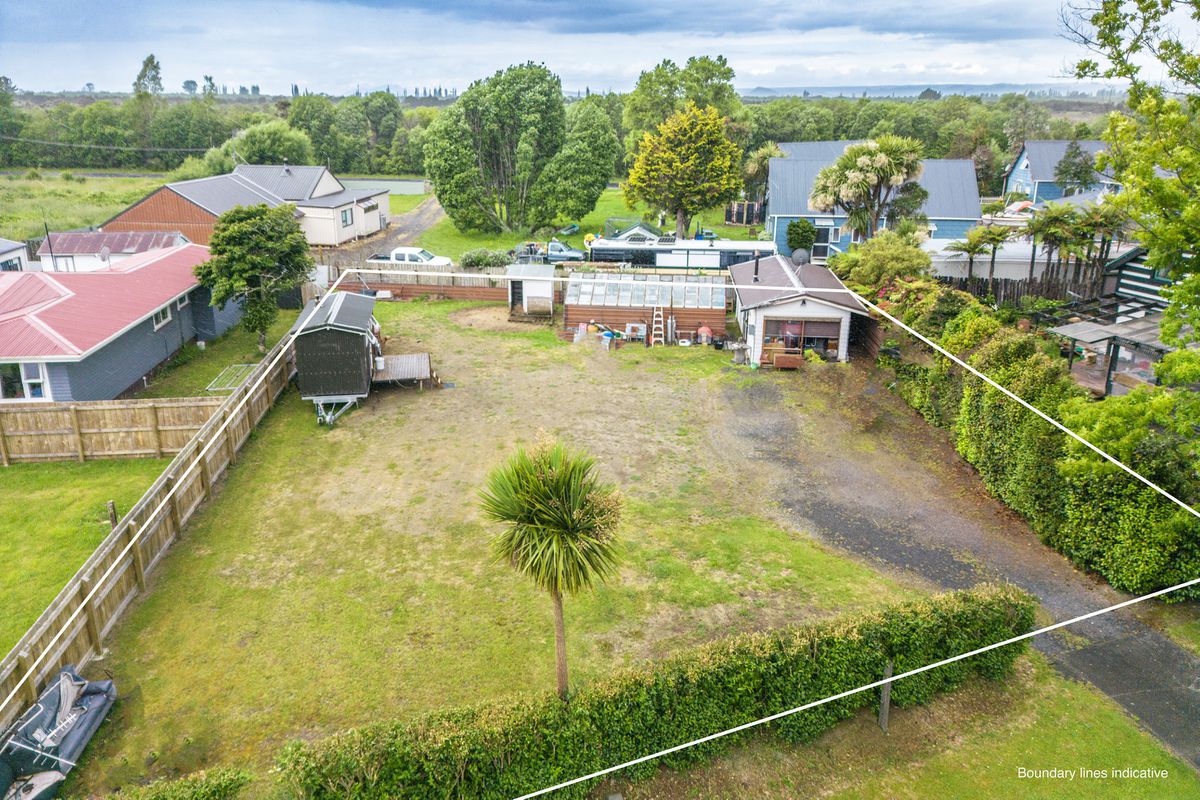Turangi - Did You Know?
Although Turangi township had existed for many years before the Ministry of Works arrived in 1964 for the development of the Tongariro Hydro Power Scheme, it was actually one of four sites considered for the placement of a permanent town.
Known then as 'Turangi West' with a population of around 500, there were also the locations of Turangi East (Tokaanu), Rangipo and Rotoaira on the discussion table. Turangi West was chosen for development due to its transport links and elevation amongst other reasons.
In its giddy days of growth, streets appeared overnight and houses were trucked in from other hydro villages or built new off site but all of it added to the excitement of economic development. A bustling town centre arose, a maternity hospital, a secondary school, three primary schools - Turangi, Hirangi and Pihanga (with others including Kuratau, Tokaanu and Tauranga-Taupo) plus there were plans for a Catholic school but never progressed. There were a number of Churches, banks, cafes, furniture and electronic stores, a wool shop, two chemists, two shoe shops, car yards and a number of butchers. Late night and Saturday morning shopping were incredibly successful weekly events and as the town swelled in population so too did the money through it. Allegedly able to house 10,000 people at its peak, the town probably realistically amassed a permanent population of around 6-8,000 - at one time greater numbers than Taupo herself.
The Scheme ended in 1983 with the completion of four main projects, the Eastern Diversion, the Western Diversion, Rangipo and Tokaanu, with the envisaged fifth project - Kaimanawa canceled early on A fifth one did eventually come though - Mangaio, which was completed in 2008.
Turangi was never really expected to live beyond its Hydro days, however like its sister town in the South Island, Twizel, it found new life as a tourist destination. Many of the houses remain - as do the shop buildings, along with Hirangi, Tongariro and Kuratau Schools and even the maternity hospital buildings can be seen on Te Rangitautahanga Road.
Reminders of the town's past are evident everywhere and its rich social tapestry is threaded and bound by a range of races and cultures that stem from the original workers of the scheme.
An incredible history that is a testament to forward thinking, hard work and people simply working together and getting things done.




